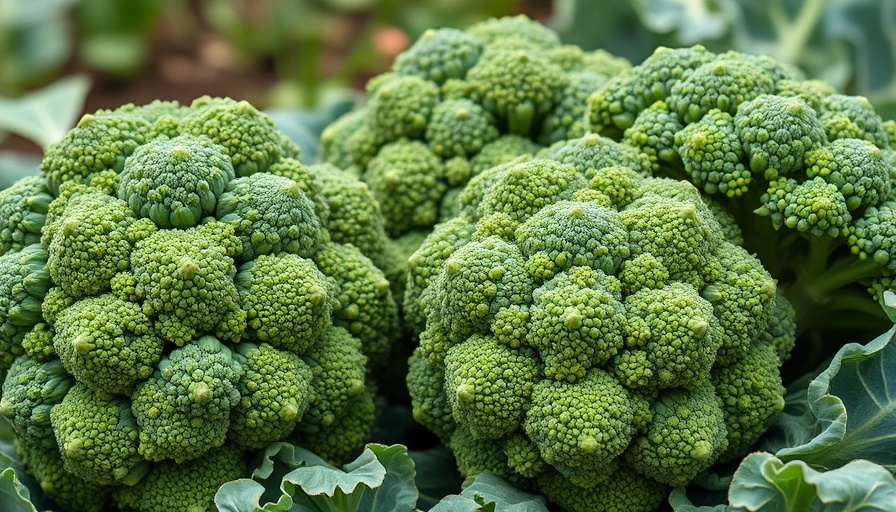
Harvesting Broccoli: Mastering the Timing
As someone who grew up enjoying the various delights of broccoli, from steaming it in butter to tossing it in a stir-fry, I can attest to the joy that this nutritious vegetable brings. But growing and harvesting broccoli requires a keen eye and some experience. Learning when to harvest is crucial to enjoying bountiful crops year after year.
Identifying the Right Time to Harvest
A vital aspect of broccoli cultivation lies in knowing exactly when to pick the heads. Keeping a close watch during the growth period is essential. As flowering heads begin to develop, it's important to monitor them daily. Ideally, the heads should be harvested when they are a vibrant green, and the flower clusters appear dense and tightly packed. It generally takes around 100 days for broccoli to mature, and the heads should attain a size of about 4 to 8 inches in diameter.
Enjoying Broccoli Leaves Before the Actual Harvest
While waiting for the main crown to mature, don't forget another treat: the young leaves! These leaves can be harvested when they are 4 to 6 inches long and have a delectable flavor when sautéed. This not only maximizes the yield from your plants but keeps your harvesting skills sharp.
Effective Storage Tips for Your Harvest
Once you've successfully harvested your broccoli, proper storage is essential to maintain its freshness. After harvesting, immediately cool the broccoli in ice water and dry it thoroughly to prevent moisture retention, which can lead to spoilage. Store the heads unwashed in a perforated plastic bag in the refrigerator, where they can last for up to a week. If you're looking to extend their shelf life, consider blanching them before freezing.
Delicious Cooking Ideas to Try
Broccoli is incredibly versatile in the kitchen. It can be roasted to bring out a nutty flavor, steamed for a classic side, or even incorporated into soups and salads. If you're feeling adventurous, try adding it to a stir-fry with colorful bell peppers and soy sauce for a delightful crunch.
Essential Gardening Tips to Enhance Your Broccoli Patch
To cultivate healthy broccoli, consider practicing good plant care through techniques like crop rotation and companion planting. For example, planting it alongside herbs like basil can ward off certain pests. Additionally, maintaining rich, well-draining soil with organic fertilizers will help your plants thrive.
Why Growing Your Own Food Matters
In today's fast-paced world, growing your own food can foster a strong connection with nature and promote sustainability. As more people turn to vegetable gardening, they are becoming aware of the health benefits associated with consuming fresh produce and the importance of knowing where their food comes from. Organic gardening practices not only yield healthier vegetables but can also help protect our environment.
Harvesting broccoli at its peak ensures that you enjoy its full flavor and nutritional benefits. Whether you're a seasoned gardener or just starting out on your home gardening journey, understanding when and how to harvest broccoli can lead to delicious meals and a satisfying growing experience.
As you cultivate your garden for the upcoming season, remember that every step in the process—from knowing when to harvest to exploring new recipes—is part of embracing a healthier and more sustainable lifestyle.
 Add Row
Add Row  Add
Add 




Write A Comment